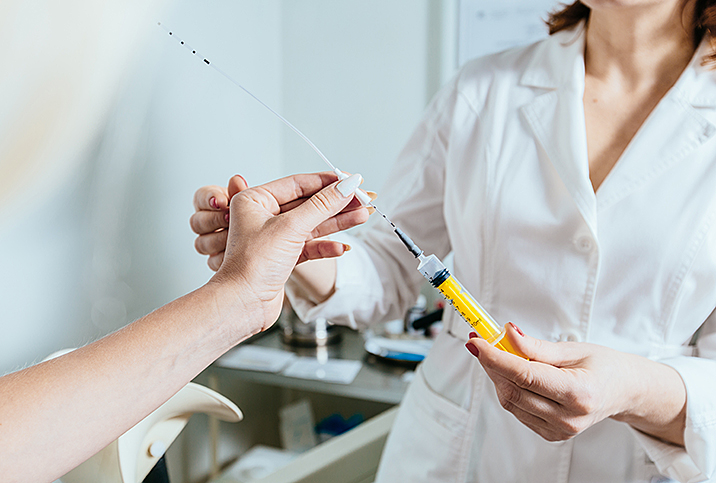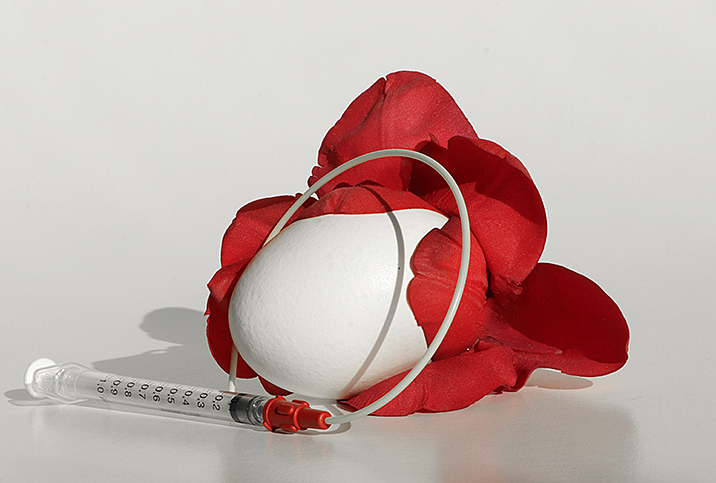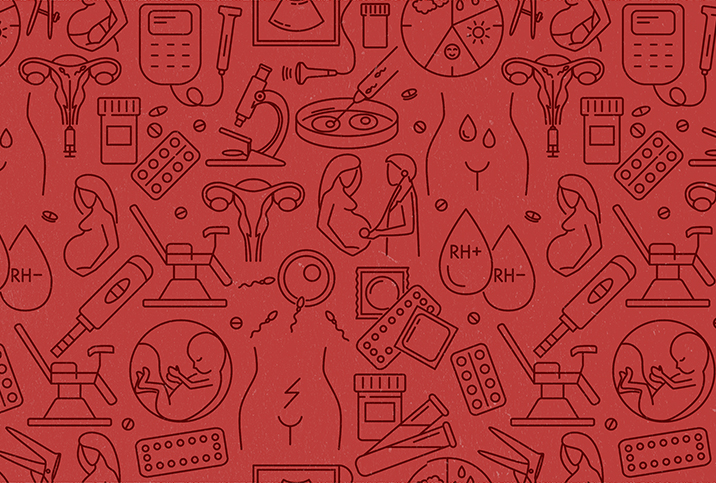Breaking Down the Costs of Intrauterine Insemination

For many people seeking to grow their families, intrauterine insemination (IUI) is the first step of infertility treatments. Whether you've been diagnosed with a condition such as suboptimal sperm count, ovulation disorders or unexplained fertility, or you're in a same-sex relationship, chances are you're bound for IUI.
The costs of IUI can vary widely, depending on many factors. Some are within your control, like whether you've decided with your doctor to use medication to stimulate egg development or a trigger shot to precisely time when you're going to ovulate.
Others are outside your control, like if you're in an area with a high cost of living, and whether or not your health insurance covers any part of your treatment.
The costs come from three sources: the medication used to stimulate egg development, the ultrasound monitoring and bloodwork, and the actual insemination. IUI typically runs between $500 and $4,000 per cycle.
One doctor who was asked about lowering the cost of an IUI cycle acknowledged he was not well-informed on the financial burden of fertility treatments, so the burden of research often falls on the patient. While knowledgeable office staff can help, it's important you know what you're in for and what options you can omit or add depending on your circumstances. The cost can be daunting and often prohibitive, so here are some avenues worth pursuing if you're interested in adding to your family and looking to find a price cut.
Mail-order pharmacies
One of the medications you might use during an IUI cycle is a pill to stimulate your ovaries into producing more follicles, meaning more potential eggs that could be fertilized during the procedure. Doctors often use medicines such as clomiphene and letrozole for this purpose.
Depending on your insurance, these medications can be purchased at your pharmacy at relatively affordable prices. Using a prescription discount program, such as GoodRx, can help lower the price even further, as both meds named above can be found for less than $20 a cycle with coupons.
The more expensive medication is the hCG injection, or "trigger shot," which tells your body to mature and release your eggs about 36 hours after injection. This medication can cost up to $300 and is rarely covered by insurance. However, your fertility clinic may be able to help.
"Talk to the staff at your fertility clinic about any mail-order pharmacies they work with," advised Kaitlyn Gully, a fertility clinic office manager in Garden City, New York, who works with couples to make treatment affordable. "Often you can get the trigger shot for around $100 just by mail order. To get the best price, the pharmacy may be on the other side of the country, but they can overnight you what you need, and you save about $200."
Grants
Another way Gully advises couples to cut the costs of an IUI cycle is through fertility grants. Anyone can apply for national or local grants, or grants that consider only applicants of particular demographics. These grants provide various amounts of assistance, sometimes up to the total cost of the procedure. The best part is this financial assistance does not need to be paid back.
Resolve: The National Infertility Association, based in McLean, Virginia, has compiled a list of all sorts of grants. The list includes information on exactly what each grant covers, and any application deadlines and fees. It's worth a scroll through this list to check the grants for which you qualify.
"I've seen grants be the difference-maker for multiple couples on their journey to get pregnant. When thousands of dollars of medication or half the cycle cost are covered, it can turn a dream into reality," Gully said.
'Shared risk' programs
Another option to make fertility treatments such as IUI cost less, at least in the long run, is "shared risk" programs. They're designed when the clinic is so confident you will get pregnant using its treatments that it's willing to take no money up front, perform multiple rounds of treatment for a flat rate, and provide a sizable refund if your course of treatment doesn't work—or even not charge you at all if it's unsuccessful.
To qualify for shared risk programs, you often have to be under a certain age, in good health, a nonsmoker and meet a list of other qualifications. These programs are structured in many different ways financially, so check with multiple local clinics to see what the options are for your family. Not every clinic offers them, but these days, most clinics offer some sort of shared risk program.
One of the best parts about shared risk programs is that if IUI doesn't work for you, they usually cover more advanced treatment, such as in vitro fertilization (IVF). Some clinics report that over the course of treatment, about 82 percent of participants in these programs end up carrying a pregnancy to term, so they're considered a great success.
Key takeaways
If you're in the position of needing IUI to get pregnant but hesitate due to the strain on your wallet, there is hope. You may have to get savvy and spend some time filling out grant applications or researching where you can find the lowest prices for the medicines you need, but there are options to reduce the financial impact of fertility treatments—and they're worth a look.


















